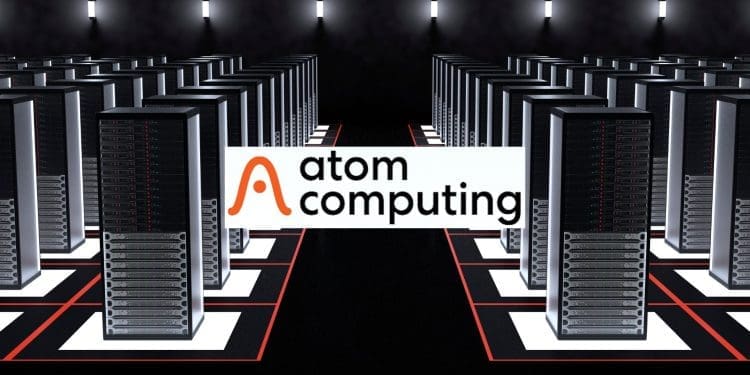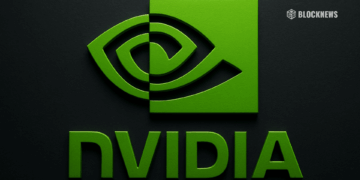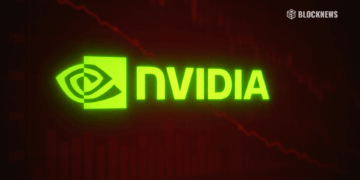- Atom Computing has announced a new 1,180 qubit quantum computer, far exceeding IBM and Google’s qubit counts. However, individual operations have very high error rates currently.
- Atom Computing is using neutral atoms as qubits, which allows for stability and scalability compared to ion-based qubits. But controlling neutral atoms precisely with lasers remains challenging.
- While the high qubit count is impressive, reliability and efficiency are more important than raw qubit numbers. Atom Computing’s progress shows promise, but managing expectations is prudent until error rates improve.
Quantum computing is on the brink of revolutionizing technology by harnessing the bizarre properties of quantum physics to solve complex problems beyond the capabilities of classical computers. A startup named Atom Computing has made waves by announcing a 1,180 qubit quantum computer to be available next year, far exceeding tech giants like IBM and Google. But there’s a catch.
Atom Computing’s Impressive Leap in Qubits
Atom Computing’s new system operates with 1,180 qubits, the basic units of quantum information. This is a massive jump from their previous 100-qubit computer. For comparison, IBM’s most powerful quantum computer, the Osprey, has 433 qubits. Google’s Sycamore has just 70.
Atom Computing is using neutral atoms as qubits, which promises both stability and scalability. Lasers precisely place the atoms in a grid, and store quantum data in the atom’s nuclear spin, minimizing environmental interference. This dense array of high-performance qubits is like packing a room with top talent.
The Challenge of Error Rates
Despite the high qubit count, individual operations have very high error rates. It’s like having a fleet of supercars when only a few can reach top speeds without breaking down. This requires extensive error checking, limiting complex calculations.
Atom Computing expects to solve this soon, stating they are “on path to fault-tolerant quantum computing this decade.” They have a workaround to parallelize computations across all qubits to accelerate results.
The Promise and Challenges of Neutral Atoms
Both neutral atoms and ions are explored as qubits. While ion-based quantum computers are more advanced, they struggle to scale up. Neutral atoms offer promising scalability, if challenges controlling them with lasers can be overcome.
Atom Computing’s progress shows the potential of neutral atoms. But reliability remains a key obstacle across quantum computing. IBM targets a 100,000-qubit quantum computer, but efficiency matters more than raw qubit count. Atom Computing’s announcement is exciting, but pragmatic expectations are needed.














